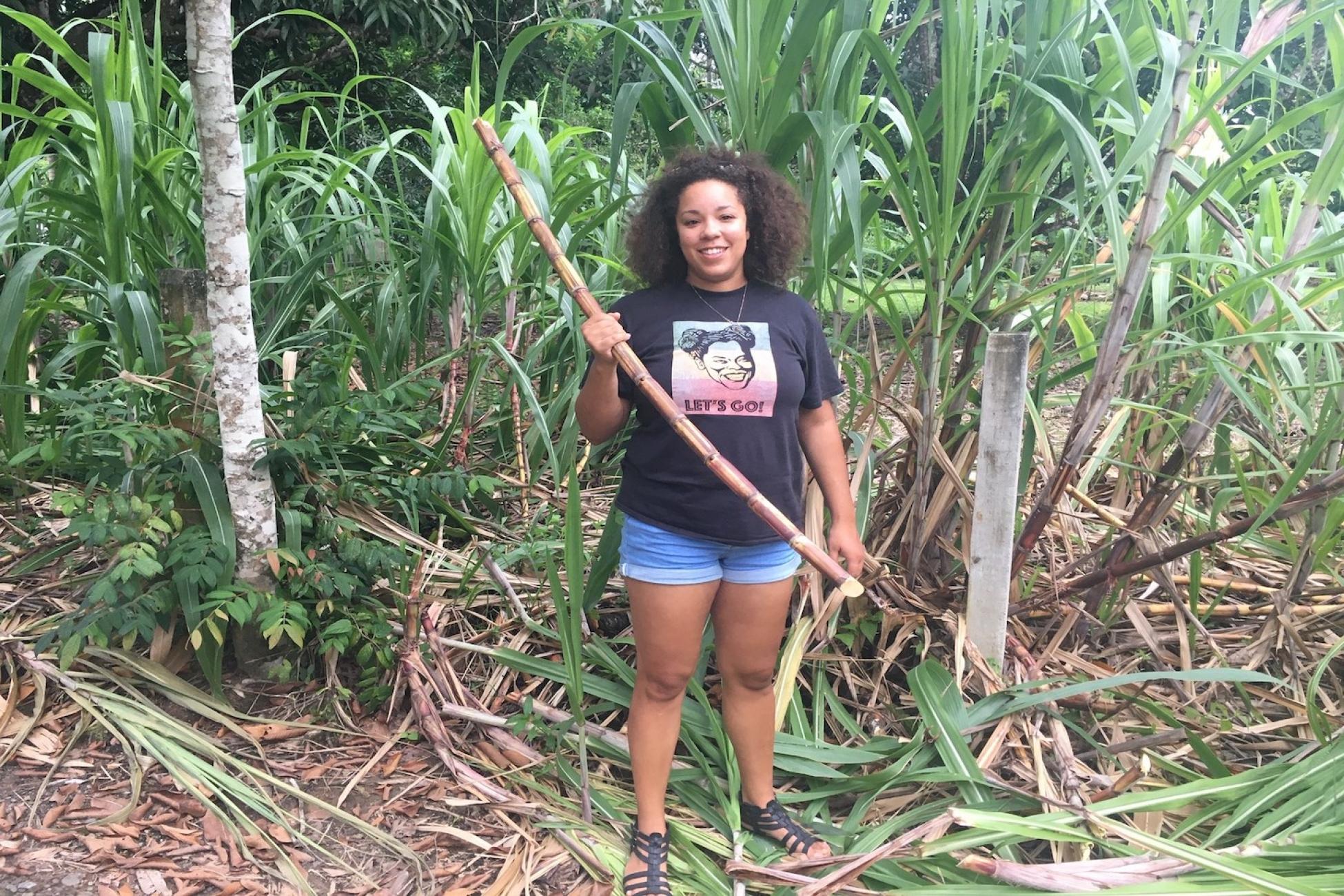Costa Rica is famous for its abundance of tropical fruits. Sure, we can buy these exotic fruits when they are imported overseas, but there is nothing compared to eating it right from the source. The mangoes are sweeter and juicier; the coconuts are fresh, and it seems like the avocados are always ripe. Over the years travelling here, I have had the pleasure of eating and learning to cook with so many fruits that this country has to offer—but there are still so many more try.
The flavours of Costa Rica
My husband grew up in Costa Rica, so he has all the inside information. Since moving here myself, I am constantly eating fruits because of how available they are. Plus, they are important ingredients for my husband's cooking business. Soft, fleshy fruits like soursop, or guanabana, jackfruit, mangoes, avocados and bananas have such amazing flavours—they can be addicting. Fruits that always seem to be around, regardless of the season, are coconut, passionfruit, watermelon, papaya, pineapple, plantains, oranges and limes. My all-time favourite sweet treats are rambutans—or mamon chino—which taste similar to lychees.
Since moving to Costa Rica, I constantly eat fruits because of how available they are—plus they are important ingredients for my husband's cooking business. My all-time favourite are rambutans, which taste similar to lychees.
We use these incredible tropical fruits to make natural juice, or batido, which is a blended fruit juice with either water or milk. A batido is something you can find in almost every restaurant within the country. Some are blended with sugar, while some juices, like mango and banana, are naturally sweet on their own.
I make juice often as my husband's sous chef. A fresh blended juice accompanies each meal we cook. There are so many different combinations, but the ones with in-season fruits are the tastiest. My favourite is a blend of starfruit and orange. It is simple, yet so sweet and refreshing.
When life gives you bananas
Since fruits are so plentiful here it is common for people to share with one another, or sell them in stalls or to the supermarkets. Not too long ago, my family was gifted an entire bushel of bananas. The bananas were much smaller in size and sweeter than the ones I am used to eating in Canada. They were still green at the time, so we had to wait. But one morning I noticed that they had all turned yellow, seemingly overnight. It was a race to use them up before the ants, bees and other fruit-eating insects got to them.
I harvested the entire two bottom rows of the bushel before I realized we had more bananas than our little family could use. It was time to make banana bread—three loaves, to be exact. We also sliced some bananas to freeze for smoothies in the future. We were not even close to using half the bushel. Let’s just say my family was eating plenty of bananas over those few days.
Cooking in a tropical paradise
My husband also uses plenty of coconut in his cooking—another fruit that is plentiful in Costa Rica. I have since learned how to pick them and open them, although it takes some real muscle and force to do so.
Every Sunday, we have a standing menu of rice and beans. I am in charge of making the coconut milk. We use this to cook the beans and to stew the curry chicken that accompanies this dish. Getting coconuts is easy enough: you can scour the beaches for any that have fallen, buy them in the store already husked, or get them from your own yard if you happen to have coconut trees around.
Recently, some friends of my husband's family gave us some sugar cane—that was fun! My husband cut it with a machete and then peeled it to reveal a tough, white, straw-like centre. When you break off a piece and chew it you are surprised with a sweet juice. You chew the cane but don’t swallow it—simply spit it out and throw it into the jungle. Chewing the sugar cane kept us all quiet for a few minutes while our mouths were working to get every last sweet drop. Here in Costa Rica, they say that eating sugar cane once in a while is good for the teeth—it makes them strong.
With Costa Rica's tropical climate, there will always be an abundance of fruit to eat. The birds, the bees, the ants, and all the rest of us are lucky to have access to this natural food. I look forward to trying even more of the exotic fruits Costa Rica has to offer as they come into season. I also look forward to learning different ways to use these fruits, other than just eating them.
Add this article to your reading list




